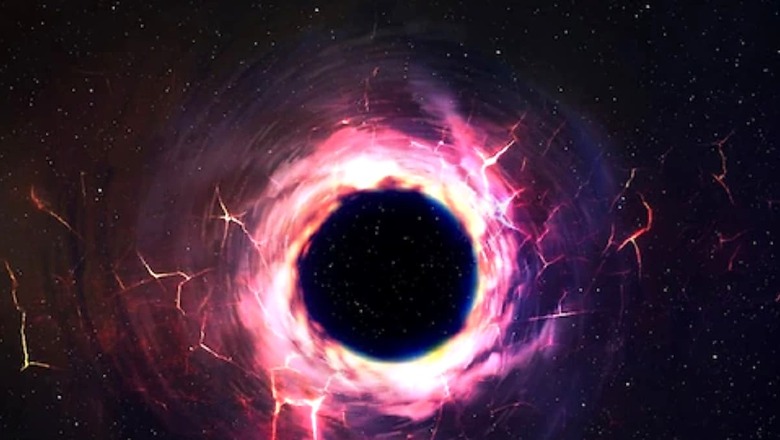
views
Scientists have recently discovered a new stellar black hole in our own galaxy, the Milky Way. Interestingly, it is said to be the largest stellar black hole ever discovered. It is at least 33 times larger than our Sun and is located 2000 light years away from us, not a very large distance. Astronomers on the European Southern Observatory’s Gaia mission spotted the supermassive black hole when they noticed a star wobble as it orbited the region.The black hole in question has been dubbed Gaia BH3. Positioned in the Aquila constellation, it stands as the second nearest black hole to Earth. Pasquale Panuzzo, an astronomer affiliated with the National Center for Scientific Research at the Observatoire de Paris, expressed surprise at the discovery of such a sizable black hole lurking in close proximity, eluding detection until now.
Researchers unexpectedly detected the black hole while reviewing observations collected by the European Space Agency’s Gaia space telescope, in preparation for an upcoming data release to the scientific community. Initially not anticipating any discoveries, their interest was piqued by an unusual movement, which they attributed to the gravitational effect of Gaia BH3 on a nearby celestial body.
Black holes form when stars reach the end of their lives. Most of these stars swell, lose mass and cool to become white dwarfs, but other stars lose less mass and contain no heavy elements. These stars are called ‘metal-free stars’ and instead of becoming white dwarfs, they collapse on themselves and form a black hole.
NASA scientists believe that there are more than 50 stellar black holes in the Milky Way galaxy. Earlier in January, astronomers said they had discovered the oldest black hole ever discovered, dating back to the early universe more than 13 billion years ago. The black hole is located in an ancient galaxy called GN-z11, located 13.4 billion light-years away, and was observed using the James Webb Space Telescope.

















Comments
0 comment